Reconsideration Appeal Letter Template for Effective Requests
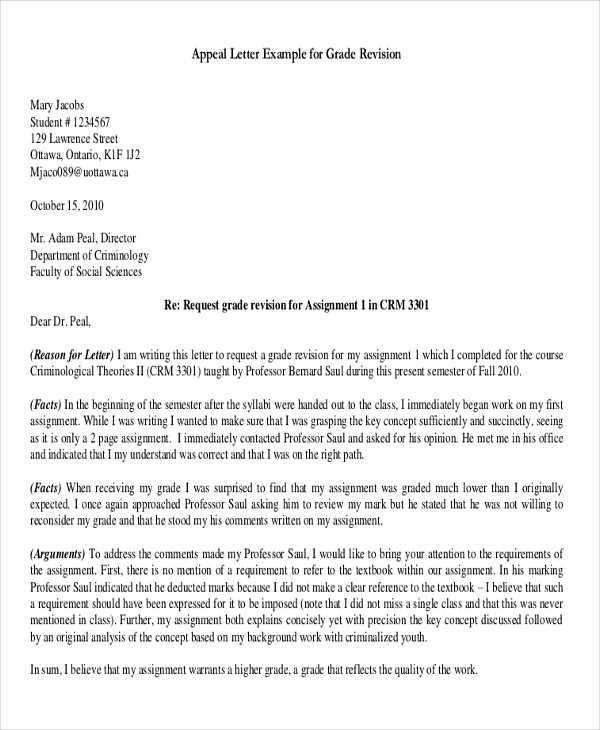
If you’ve received a decision that you believe was incorrect or unjust, it’s possible to ask for a reassessment. This process involves submitting a formal request to reconsider the initial judgment. Whether you’re dealing with a legal, academic, or professional matter, it’s important to present your case effectively to increase the chances of a favorable outcome.
Key Elements to Include in Your Request
To maximize your chances of success, there are essential components that must be included in any formal request. These elements ensure your message is clear and demonstrates why a second review is necessary:
- Introduction: Start by briefly explaining the reason for the request and identify the decision being challenged.
- Supporting Information: Provide any new or overlooked information that may influence the reassessment.
- Explanation: Detail why the initial decision should be reconsidered, addressing any potential misunderstandings or errors.
- Conclusion: Finish with a respectful request for a new review and any steps you expect to follow.
How to Organize Your Request
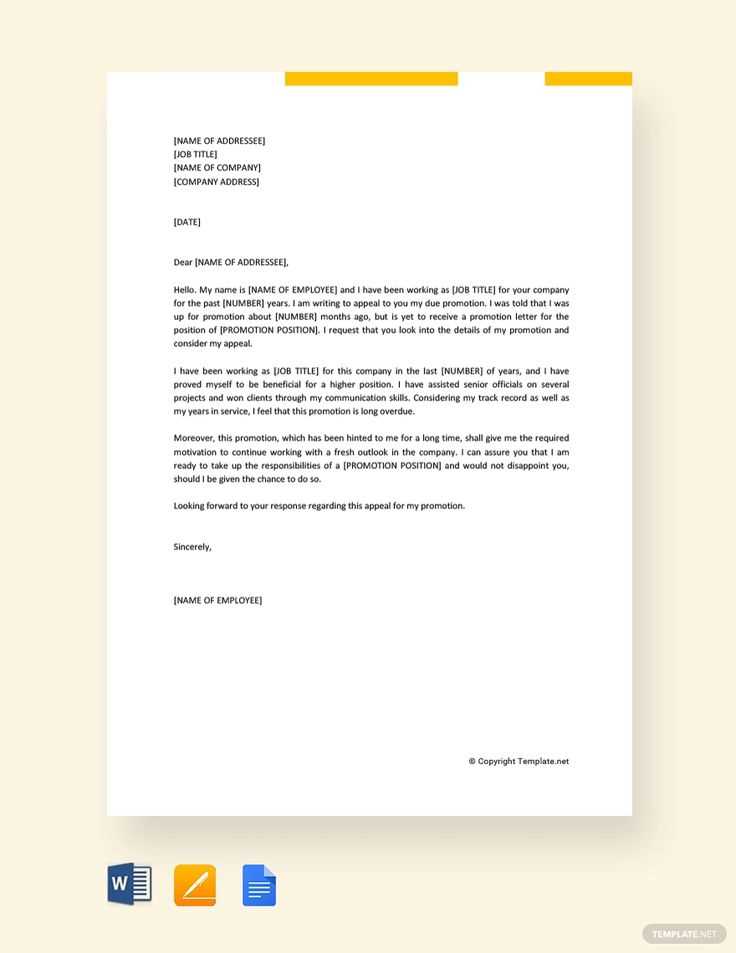
When crafting your request, structure it logically to make your case easy to follow. A well-organized message enhances the clarity of your argument and shows respect for the reviewer’s time.
- Start with a clear introduction outlining your case.
- Provide supporting documents or evidence that back your claims.
- Make a strong case by addressing any issues that led to the original decision.
- End with a respectful closing and indicate your availability for further communication.
Avoid Common Mistakes
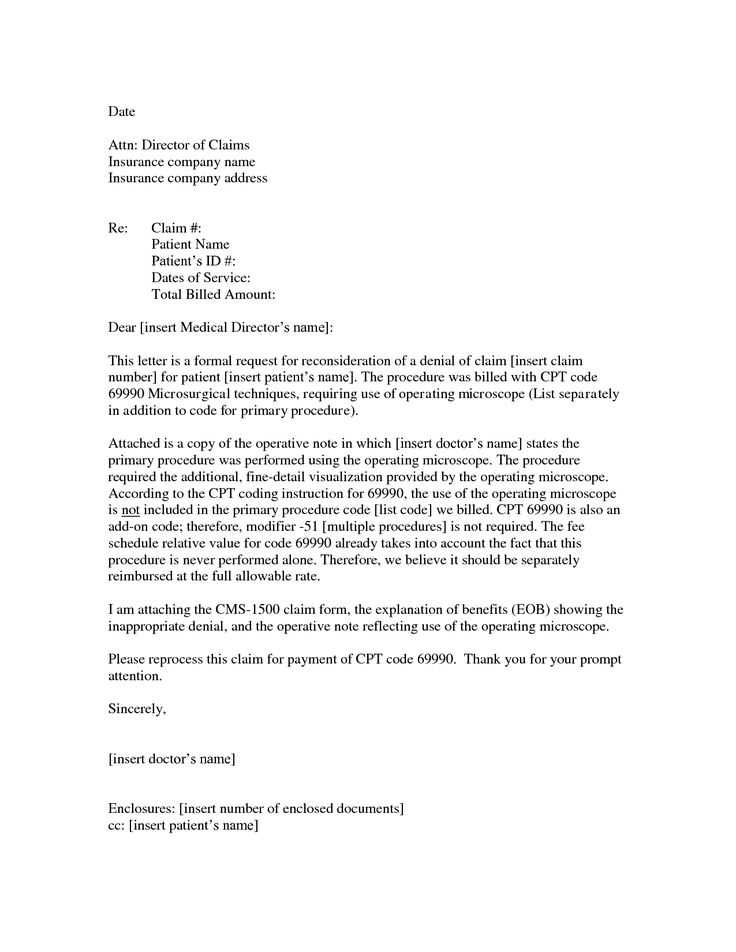
While writing your request, steer clear of some common errors that could undermine your chances:
- Being overly emotional: Stay calm and professional throughout the request.
- Lack of clarity: Ensure that your reasoning is easy to understand and supported by facts.
- Ignoring guidelines: Follow any instructions or formatting requirements provided by the organization you’re addressing.
When to Submit Your Request
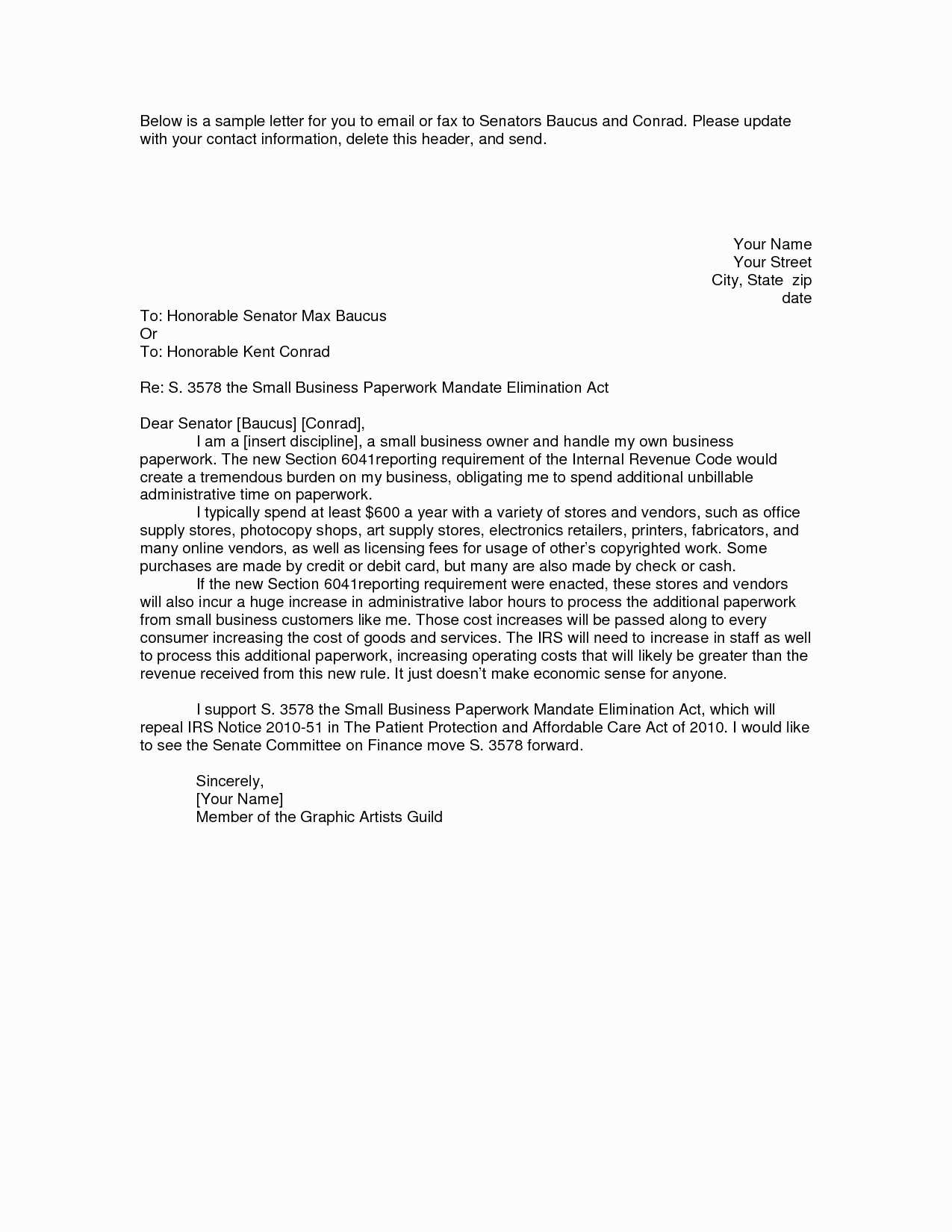
Timing is crucial when submitting a request for a review. There are typically deadlines that must be followed to ensure your request is considered. Pay attention to any specific dates or time frames mentioned and submit your request promptly to avoid missing the opportunity for reassessment.
Why a Request for Reassessment Matters
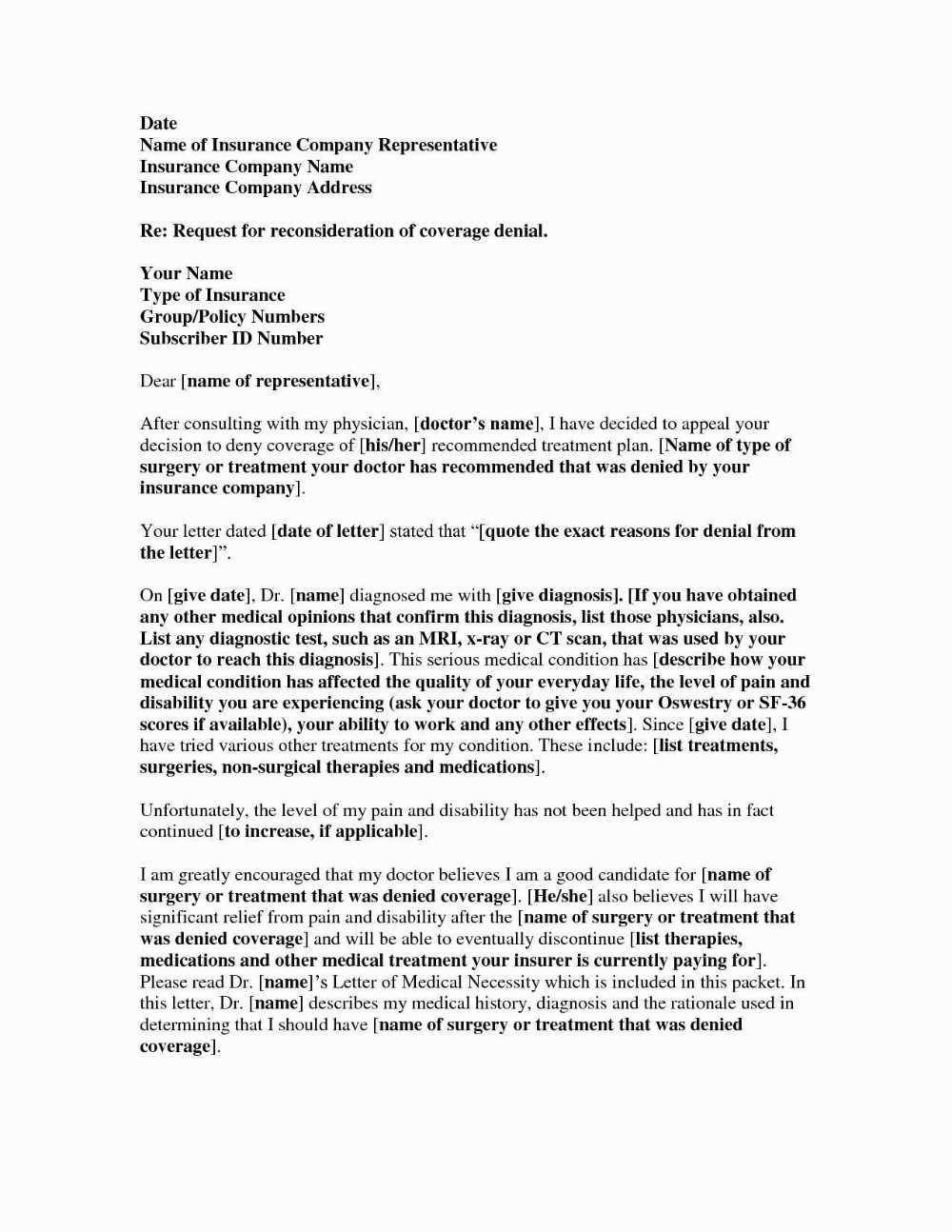
When faced with a decision that you believe was unfair or incorrect, requesting a second look is often the best course of action. This process allows you to present new information or clarify misunderstandings, offering a chance to change the outcome. By effectively communicating your position, you increase the likelihood of a favorable review.
Key Elements to Include in Your Request
To make your submission as effective as possible, certain components must be included. These elements not only help organize your message but also provide a clear argument for why the decision should be revisited:
- Introduction: Clearly state the purpose of your request and identify the decision being reviewed.
- Supporting Evidence: Provide any new or additional information that could influence the outcome.
- Explanation: Offer a well-structured argument for why the decision should be re-evaluated.
- Closing Remarks: End with a respectful request for reconsideration and outline the next steps.
How to Organize Your Request
For your request to be compelling, it’s important to structure it in a way that’s easy to follow. Present your points logically, so the reviewer can clearly see why your case deserves attention:
- Start with a concise introduction that briefly explains your position.
- Follow with any relevant documents or information that strengthen your case.
- Detail the reasons why the original decision should be re-evaluated.
- End with a respectful conclusion that invites further discussion or action.
Common Errors to Avoid
Avoiding common pitfalls can significantly improve the effectiveness of your request. Some mistakes to watch out for include:
- Emotional language: Maintain a calm and professional tone throughout your submission.
- Lack of clarity: Ensure your message is clear and concise, avoiding unnecessary jargon.
- Failure to follow guidelines: Be sure to follow any specific instructions provided by the organization.
Tips for Crafting a Persuasive Request
To increase the chances of success, focus on presenting your case as logically and persuasively as possible. Highlight the most compelling reasons why a review is necessary, and ensure that your message is polite and professional.
When to Submit Your Request
Timeliness is essential when making a request. Be mindful of any deadlines associated with the process and ensure that you submit your materials on time. Missing the deadline could result in your request not being considered, regardless of its merits.